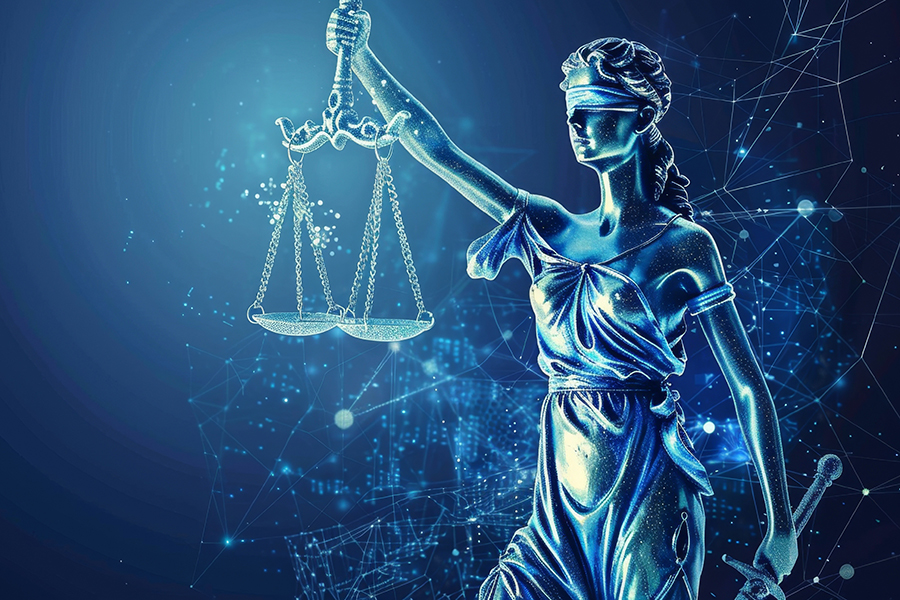AN acquaintance of mine recently had a chip installed in his hand.

The idea of transhumanism is that through technology we can become something better than we are.
In my friend’s case, let’s call him Bob because we get to some legal grey areas, the technology is a small, near-field communication (NFC) chip inserted into his hand.
He bought it from a website called “Dangerous Things”, which should be a bit of a clue.
The chip was inserted by a doctor friend of his (not in Canberra) who bulk-billed the procedure.
On one level it doesn’t do a whole lot more than the chip in your cat’s neck or the ones in most of the cards in your wallet or newer mobile phones.
But it is programmable, and he’s precociously clever, so he’s taught it some tricks.
For one, his front door has a special lock that can read chips, and open to ones with the right numbers on them. Bob doesn’t have to worry about locking himself out of the house any more.
It is perhaps ironic that the first use of transhuman technology in Canberra was roughly akin to a high-tech dog door that stops the neighbour’s cat getting into your pet’s food.
He’s also copied over his MyWay card data and set it up so that when he gets on the bus he can just swipe his hand.
Should a ticket inspector ever get on the bus I have no idea how it would go down.
I asked ACTION about the legality of this and had this response:
“At this stage our current system does not support this type of card/chip emulation. If this changes in the future ACTION passengers will be informed of use and functionality.”
It turns out the system very much does support this, they just don’t know it yet.
Bob’s just started on the transhuman journey.
Around the world people are playing with Cochlear implants to create a persistent compass in their heads, if they’re pointing north the pitch changes in a low-level background noise.
They’re also embedding magnets in their fingertips. They claim this lets them sense radio waves. Possibly things like a security system making a back to base call. Remember that noise speakers used to make when you had an incoming text message to your phone? That’s the sort of thing they say they can feel.
To make matters worse, there’s no real medical supervision going on here. “Dangerous Things” even points out that there’s no way to sterilise those fingertip magnets without making them dangerously brittle.
We’re mostly in the territory of teenagers piercing themselves and prison tattoos.
To date, I haven’t seen much functionality that can’t be equalled by putting on a watch or carrying a wallet.
Is it any different to the masses of piercings the cool kids choose to put in their faces and ears?
But it’s worth bearing in mind that it’s going on. Even though no ethics board is in charge and no government has legislated for it.
Who can be trusted?
In a world of spin and confusion, there’s never been a more important time to support independent journalism in Canberra.
If you trust our work online and want to enforce the power of independent voices, I invite you to make a small contribution.
Every dollar of support is invested back into our journalism to help keep citynews.com.au strong and free.
Thank you,
Ian Meikle, editor




Leave a Reply